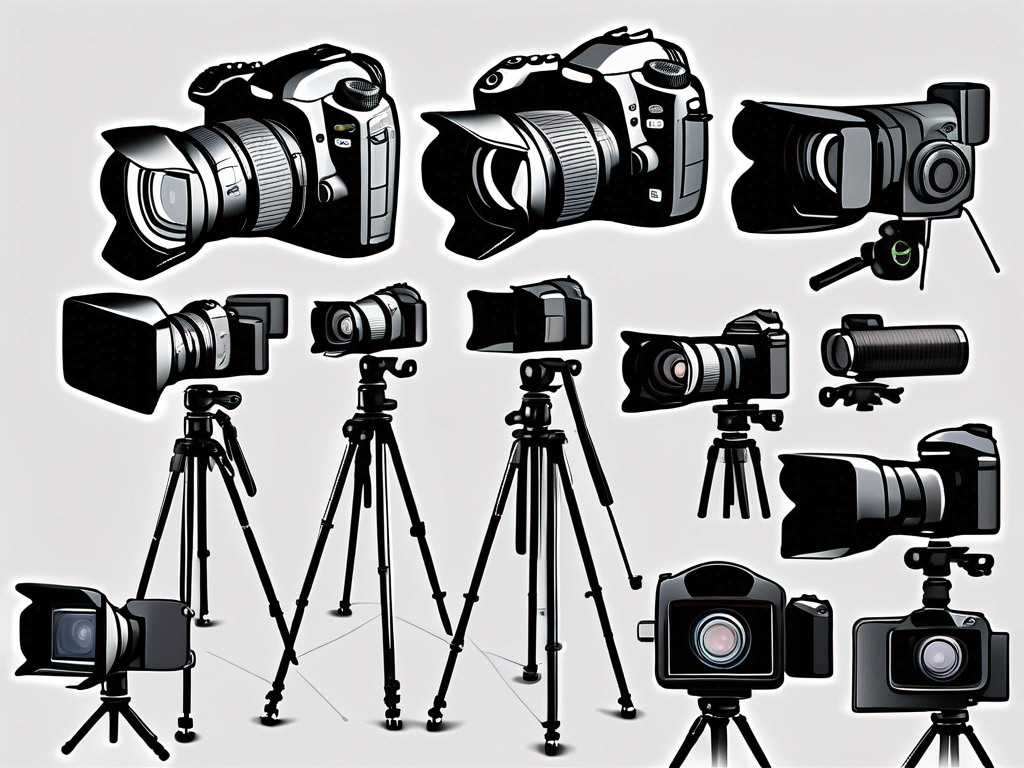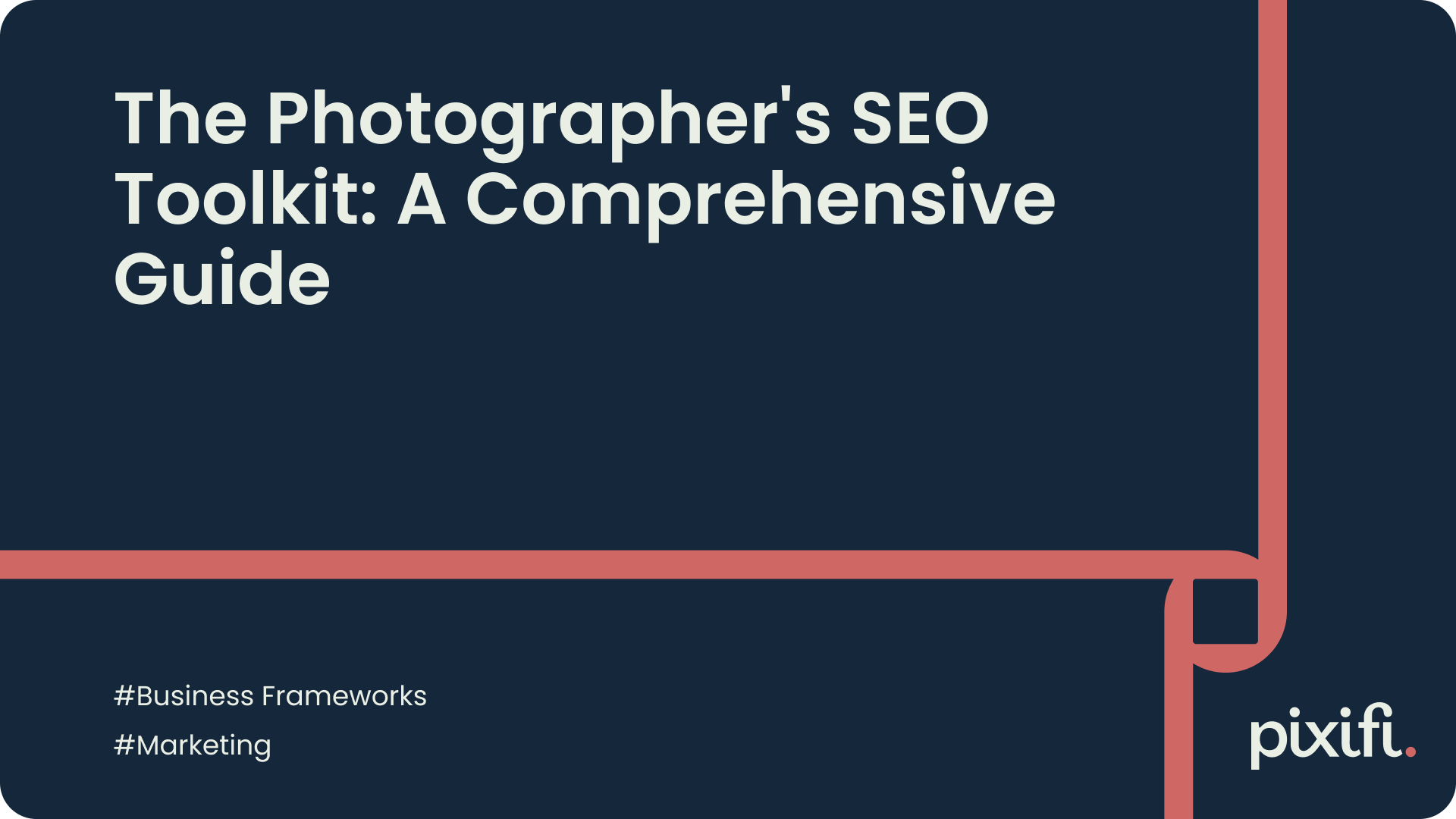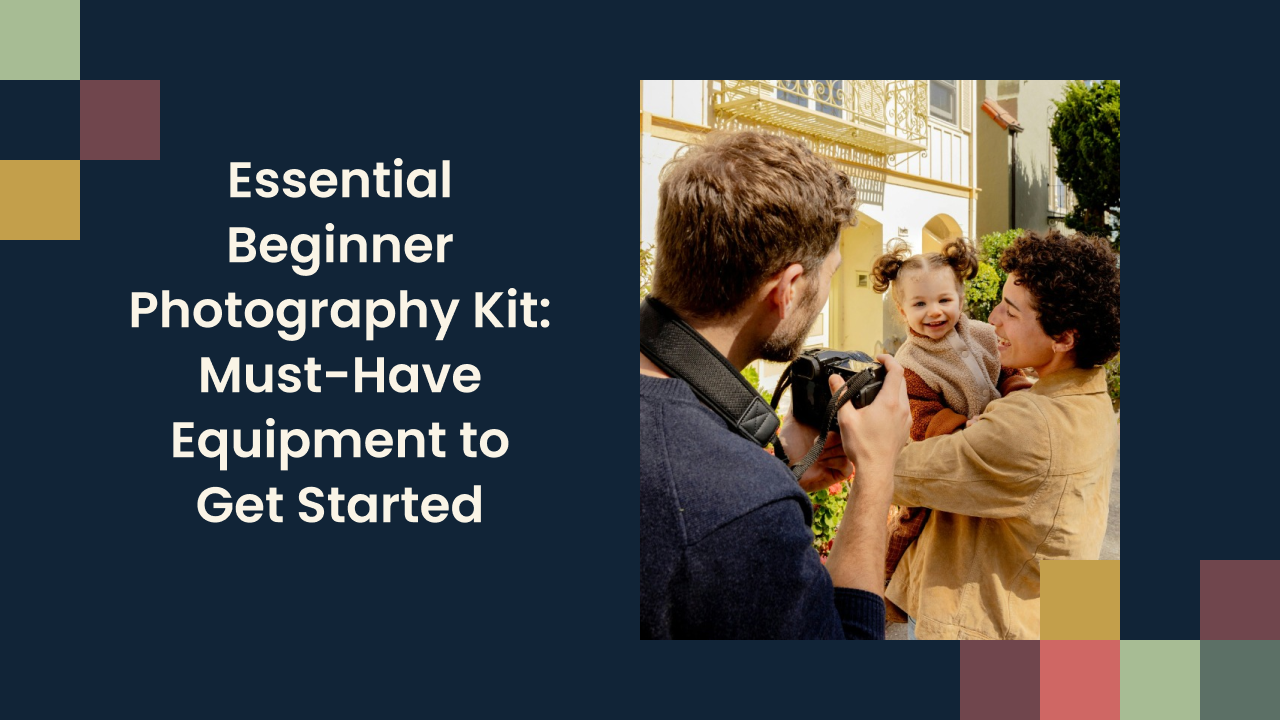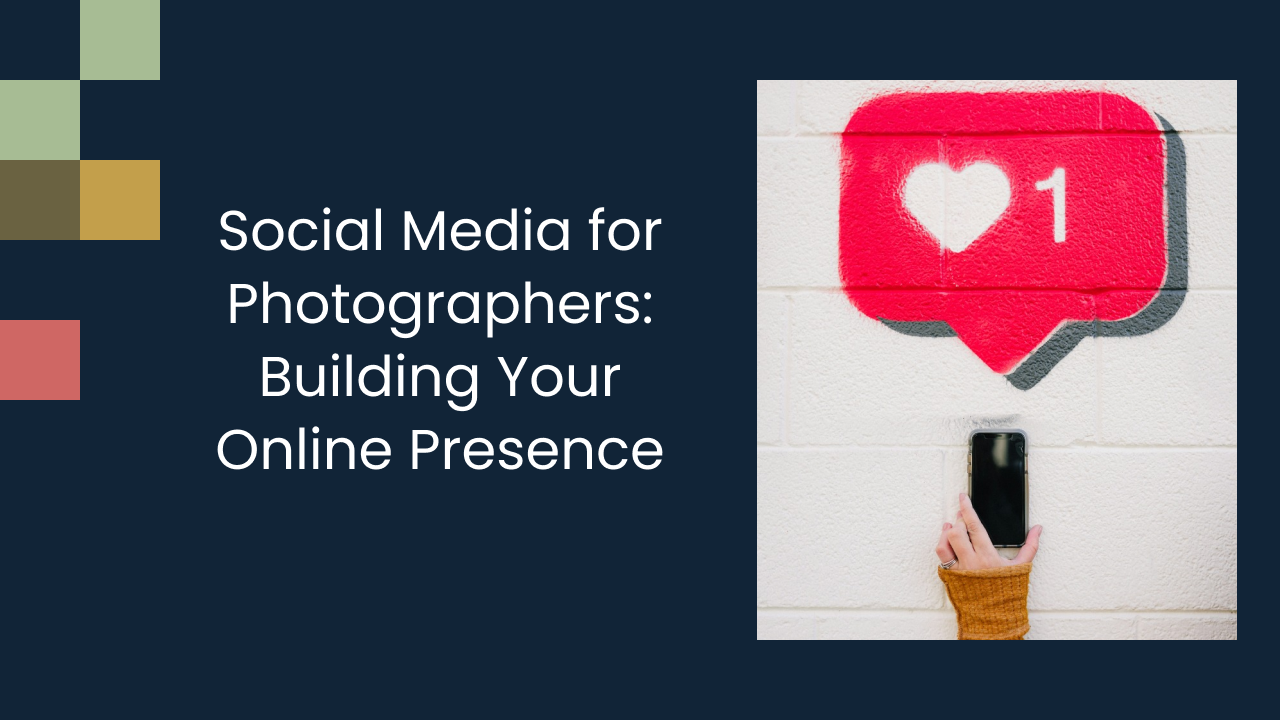Transitioning from Hobbyist to Professional Photographer: A Step-by-Step Guide

Are you passionate about photography? Do you dream of turning your hobby into a profession? Transitioning from being a hobbyist to becoming a professional photographer may seem like a daunting task, but with the right guidance and dedication, it's possible to transform your passion into a successful career. In this step-by-step guide, we will walk you through the essential steps to help you navigate this exciting journey. Let's dive in!
Understanding the Basics of Professional Photography
Becoming a professional photographer goes beyond simply taking high-quality photos. It involves understanding the intricacies of the craft and the industry as a whole. To start, let's define what professional photography truly means.
Professional photography can be defined as the art and business of capturing and creating visually captivating images for commercial purposes. It encompasses various genres like portrait, landscape, fashion, wedding, and more. As a professional photographer, your aim is to create stunning photographs that meet the specific needs and expectations of your clients.
But what sets professional photography apart from amateur photography? It's not just about the equipment or technical skills, although those are important. Professional photography is about delivering consistent, high-quality results that satisfy clients and stand out in a competitive industry. It requires a deep understanding of composition, lighting, and storytelling, as well as the ability to adapt to different situations and capture the essence of a subject.
Essential Skills for Professional Photographers
Mastering essential skills is key to excelling as a professional photographer. Apart from having a strong technical foundation, you must possess several other skills. These include excellent communication and interpersonal skills to effectively interact with clients, the ability to work under pressure and meet deadlines, and the knack for understanding and fulfilling the unique requirements of each project or assignment.
Furthermore, a professional photographer must also be proficient in post-processing techniques. This involves using editing software to enhance and refine images, ensuring they meet the desired aesthetic and technical standards. Attention to detail is crucial in this stage, as it can make a significant difference in the final outcome of a photograph.
The Role of Ethics in Professional Photography
As a professional photographer, it's crucial to operate within high ethical standards. Respecting copyright laws, obtaining proper model releases, maintaining client confidentiality, and ensuring the privacy and dignity of your subjects are all vital aspects that should be a part of your professional practice. Ethical conduct not only builds trust and credibility but also reflects your commitment to the art of photography.
Moreover, ethical considerations extend beyond legal obligations. It's important to be mindful of the impact your work may have on individuals and communities. This means being sensitive to cultural differences, avoiding misrepresentation or exploitation, and using your platform responsibly. By embracing ethical practices, you contribute to the positive growth and development of the photography industry as a whole.
Building Your Photography Skills
Now that you understand the fundamentals of professional photography, it's time to focus on honing your skills and expanding your knowledgebase to excel in this competitive industry. Photography is not just about capturing images; it's about telling a story, evoking emotions, and creating a lasting impact on your audience.
One crucial aspect of advancing your photography skills is to understand the importance of patience and perseverance. Great photographs are not always captured on the first try; sometimes, it takes multiple attempts to achieve the perfect shot. Embrace the process of trial and error, learn from your mistakes, and never stop pushing yourself to improve.
Mastering Different Photography Techniques
Professional photographers continually strive to master different photography techniques. Experiment with various lighting setups, composition styles, and camera angles to add depth and creativity to your images. Understanding the nuances of exposure, shutter speed, and aperture will help you have full control over the final outcome of your photographs. Remember, each technique you master adds another tool to your creative arsenal, allowing you to approach each photoshoot with versatility and confidence.
Learning Post-Processing Skills
The art of post-processing is an essential part of modern professional photography. Familiarize yourself with post-processing software like Adobe Lightroom or Photoshop to enhance the aesthetics of your images. Acquiring editing skills will allow you to bring out the best in your photographs and add your unique artistic flair. Post-processing not only refines the visual aspects of your images but also gives you the opportunity to express your creative vision and style through editing.
Developing Your Unique Style
Developing your own signature style sets you apart in the world of professional photography. Experiment with different genres and techniques until you find your niche. Whether it's capturing moody black and white landscapes or candid street portraits, finding your own unique voice will help you attract clients who resonate with your work. Remember, your style is a reflection of your personality and vision as a photographer, so embrace your individuality and let it shine through in every photograph you capture.
Creating a Professional Portfolio
Now that your skills are sharpened, it's time to showcase your work to potential clients. Creating a professional portfolio is an essential step towards establishing yourself as a reputable photographer.
Building a professional portfolio goes beyond just displaying your photographs; it's about telling a story through your work. Each image should not only demonstrate your technical skills but also evoke emotions and connect with the viewer on a deeper level. Consider the narrative flow of your portfolio, ensuring that each photograph complements the next to create a cohesive and compelling visual journey for your audience.
Selecting Your Best Work
Curate your portfolio carefully by selecting your best photographs that exemplify your skills and style. Quality matters more than quantity, so choose a limited number of images that demonstrate your versatility and ability to capture the essence of your subjects.
When selecting your best work, think about the diversity of your portfolio. Include a range of subjects, styles, and techniques to showcase the depth of your capabilities as a photographer. From portraits to landscapes, black and white to vibrant colors, diversity in your portfolio will not only captivate viewers but also demonstrate your flexibility and creativity in different settings.
Organizing Your Portfolio
Organize your portfolio in a cohesive and easy-to-navigate manner. Consider categorizing your work by genre or theme to make it easier for clients to find what they are looking for. Provide brief descriptions or captions for each photograph to give viewers insights into your creative process.
Think of your portfolio as a visual resume that speaks volumes about your skills and experience. By organizing your work thoughtfully, you not only showcase your photography but also demonstrate your professionalism and attention to detail. Remember, the way you present your portfolio is a reflection of your brand as a photographer.
Presenting Your Portfolio Online
In the digital age, it's essential to have an online presence. Create a professional website to display your portfolio and showcase your talent. Optimize your website for search engines, ensuring that potential clients can easily find your work. Additionally, utilize social media platforms like Instagram and Facebook to promote your portfolio and engage with a wider audience.
When presenting your portfolio online, focus on creating a seamless and immersive experience for visitors. Incorporate high-quality images that load quickly, choose a clean and modern design that highlights your work, and ensure easy navigation for users to explore your portfolio effortlessly. Remember, your online portfolio is often the first impression potential clients will have of your work, so make it impactful and memorable.
Building Your Brand as a Photographer
Now that you have the skills and a professional portfolio, it's time to focus on building your personal brand as a photographer.
Defining Your Photography Brand
Your photography brand represents your unique identity as a photographer. Consider what sets you apart from others in the industry and how you want to be perceived by clients. Are you known for your ability to capture candid moments or do you specialize in breathtaking landscape photography? Take the time to define your target audience, brand values, and messaging to create a cohesive brand that resonates with your ideal clients.
For example, if you are passionate about wildlife photography, your brand could be centered around capturing the beauty and majesty of nature. Your target audience might be nature enthusiasts, conservation organizations, or even travel companies looking for captivating images to promote their destinations. By aligning your brand with your passion and expertise, you can attract clients who value your unique perspective.
Creating a Professional Website
An engaging and user-friendly website is a powerful tool to showcase your brand. Invest in creating a visually appealing website that reflects your style and professionalism. Consider using a clean and modern design that allows your photographs to take center stage. Include an about page that tells your story and showcases your expertise, making it easier for potential clients to connect with you on a personal level.
Don't forget to optimize your website for search engines by using relevant keywords and meta tags. This will help potential clients find you when they search for photographers in your area or for specific types of photography. Additionally, consider adding a blog section to your website where you can share behind-the-scenes stories, photography tips, and even client testimonials. This will not only help you establish yourself as an expert in your field but also provide valuable content for your audience.
Leveraging Social Media for Branding
Social media platforms provide an invaluable opportunity to reach a wider audience and connect with potential clients. Regularly update your social media accounts with your latest work, behind-the-scenes glimpses, and engaging content. Consider creating a content calendar to ensure a consistent posting schedule and to maintain a cohesive visual style across all platforms.
Utilize hashtags that are relevant to your brand and target audience to increase your visibility. Engage with your followers by responding to comments and messages, and consider hosting giveaways or collaborations with other creatives to further expand your reach. Building a community around your brand will not only help you gain exposure but also foster a sense of loyalty and connection with your audience.
Transitioning from a hobbyist to a professional photographer requires time, dedication, and perseverance. By understanding the basics of professional photography, continuously improving your skills, creating a professional portfolio, and building your brand, you can make your passion a rewarding career. Embrace the journey, embrace your creativity, and capture the world through your lens!
Looking for an easier way to manage and grow your studio? Experience a platform built by a photographer, for photographers. Try it free for 2 weeks.











